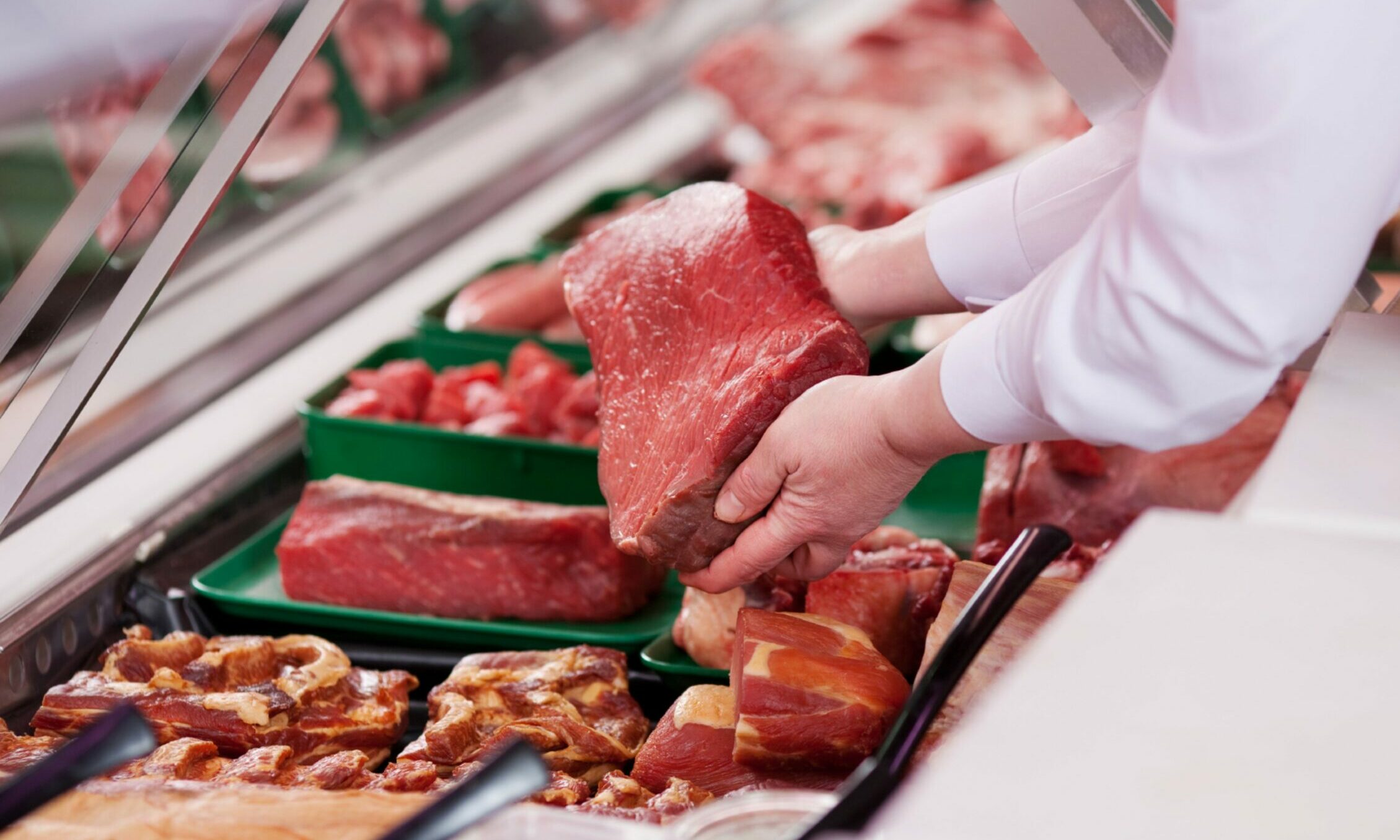If you ask our children: “Where does meat come from?”, most will tell you: “The supermarket.”
The convenience of supermarkets have revolutionised how we shop for food. The reality, though, is a farm, slaughterhouse, and then a butchery, no matter where you buy from.
Recently, small-scale farmers have done extraordinary things to diversify, often changing how and what they farm and selling directly in farm shops or farmers’ markets to become financially sustainable. Increasingly, customers want to know about sustainability, low food miles and provenance.

But, at the unfashionable end of food production, the abattoir (the place we try to not think about) plays a crucial role in the food chain.
Due to economies of scale, large abattoirs prefer to work with high-volume contracts. But that one-size-fits-all approach shouldn’t be the only solution. There needs to be room for local abattoirs which will take smaller batches of animals for slaughter, providing a bespoke service for small-scale food producers.
Small producers are directly affected by abattoir closures
I spoke to Jillian McEwan at Lunan Bay Farm, who explained that, until recently, they took their grass-fed goats to be culled at Downfield Farm, near Cupar in Fife. It’s just over an hour’s round trip, with butchery done on-site.
There, they were able to get their animals’ skins, horns and offal gathered. This allowed them to find a sustainable use for as many parts as possible, with little going to waste.
Due to Downfield’s recent closure, Lunan Bay now have to take their goats to Grantown-on-Spey, which is a longer journey. They won’t be able to get the same service as Downfield offered, since they do not have an on-site butchery or tanning facilities.
So, the market they had found for supplying small quantities of high welfare goat meat to chefs and individuals is no longer economic. They will only take larger numbers of goats for slaughter at peak times of demand, and will now concentrate on other aspects of their business, like cashmere. They are not the only small producers to be affected by this closure.
Staff shortages and rising costs
When I spoke to Jane Prentice, joint owner of Downfield Farm, she told me that the main issues behind the decision to close were staff shortages and rising costs. She said: “Trained butchers are hard to find. We had tried going down the apprenticeship route for some time, with the help of Business Gateway, but were unable to get any candidates. It was even more difficult to find anyone interested in training as a slaughterman alongside the butchery.”
‘Our diary was full but, without the staff to carry out the level of throughput required, we had to close’
The closure is even more galling when you discover that the demand for their services was not an issue.
“For farmed deer in Scotland, we were where they came if they wanted to sell the venison themselves,” Jane told me. “Our diary was full but, without the staff to carry out the level of throughput required, we had to close. It came to a point where we were running as hard as we could, but still going backwards.”
More stress – for people and animals
Downfield is not the first of its kind to close. Alison Younger of Old Leckie Farm in Gargunnock says the 2018 closure of a small, family-run abattoir in Dunblane seriously affected her own business.
“We used to take our Highland cattle to be slaughtered there. It was ideal – a short, 15-minute journey that meant low levels of stress for the animals, and low costs for transport,” she told me. “We now have to transport our animals to either Wishaw or Shotts, which takes five times as long and costs five times as much.”
But, Alison explained, it’s not just journey times and expenditure that were affected.
“When Dunblane was open, we had a supply chain that worked to get our Highland beef directly into high-end London restaurants. We can’t make that work for us anymore.”
They have since adapted their business, and now specialise in selling beef, outdoor-reared pork and lamb to households and restaurants locally.
We need butchers and abattoir workers
Old Leckie Farm’s bitter experience highlights that the whole jigsaw needs to fit, with abattoirs, chilled delivery and butchery all aligned.
Alison commented: “It’s all very well to encourage farmers to add value to their produce and find ways to diversify their business to remain financially sustainable, but, if the infrastructure isn’t there to support small scale operations, or the supply chains become too difficult, it removes yet another opportunity to do this.”
Working in an abattoir or being a butcher might not be a glamorous profession, but having people to do that type of work is essential.
We need to educate everyone about the realities of where their food comes from, and what the real costs are. We need to look closer at all aspects of the food system, and ensure we have an abattoir system that can support small food producers, ideally locally. That is, if we don’t want our food chain to become broken.
Catriona Thomson is a freelance food and drink writer




Conversation